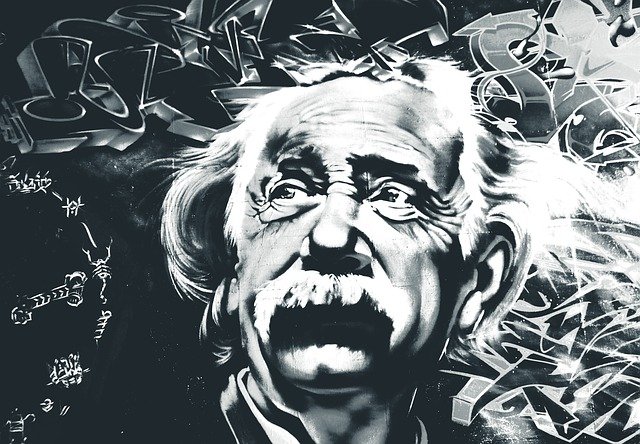The Relativity Theory
The Relativity Theory of the world famous physicist Albert Einstein (1879-1955), which was introduced in the early 20th century, is considered one of the greatest scientific developments of our time. Relativity Theory consists of two different theories of Einstein: The Electrodynamics of the Moving Organs in 1905 and the Specific Relativity Theory introduced by Relativity General Theory in 1916). With Einstein's theory, it aims to clarify some of the phenomena that the Newtonian physics will not account for, thus altering the perceptions of mankind for time, space, and gravity. Along with the Quantum Theory, relativity is regarded as one of the two basic distinctions built on modern physics.
Light Speed and Relativity
When we are reasonably thought of, we can expect the highest cosmic velocity imaginable in the world to be "infinite" without an existing limit. But at light speed, it is now considered the maximum speed reaching 300,000 km and in practice nothing reaches the speed of light. Albert Einstein, who was 16 for the first time in the late 19th century, thought this was the case.
The famous Michelson-Morley experiments in 1887 unexpectedly showed that the light moving in space vacuum always travels at the same speed, independently of the motion of the earth. In other words, light travels at the same speed (300,000 km / s) irrespective of classical physics and common sense, observers approaching or departing. The progress of the light at a constant speed will be the first support of Einstein's Special Relativity Theorem. The second basis is the Relativity Principle, also known as the Immortal Law, first introduced by the Italian physicist Galilei Galileo in 1632. (Note - not to be confused with Relativity!) According to this principle, the physical laws of physics are the same. It is not possible for any non-active observer to distinguish the motion state from the stationary state only by looking at the result of a mechanical observation. If we want to explain this principle with an example given by Galileo himself. A person who is experimenting in a dark room on the lower deck of a ship that does not sway at a steady speed in a quiet sea can not understand whether the ship is in motion. A more modern example would be a ball that you throw on an airplane moving at a speed of 800 km / h, a ball that stood motionless on the ground and you could throw it on a plane that could not be distinguished from each other. By combining the constant velocity of the light and the Galileo's relativity principle, Einstein reached the same speed, regardless of speed, regardless of whether the light travels at the same speed, regardless of the observer and the source.

Congratulations @esisit! You have completed the following achievement on Steemit and have been rewarded with new badge(s) :
Click on the badge to view your Board of Honor.
If you no longer want to receive notifications, reply to this comment with the word
STOPTo support your work, I also upvoted your post!
Do not miss the last post from @steemitboard:
SteemitBoard World Cup Contest - The results, the winners and the prizes
Congratulations @esisit! You received a personal award!
You can view your badges on your Steem Board and compare to others on the Steem Ranking
Vote for @Steemitboard as a witness to get one more award and increased upvotes!